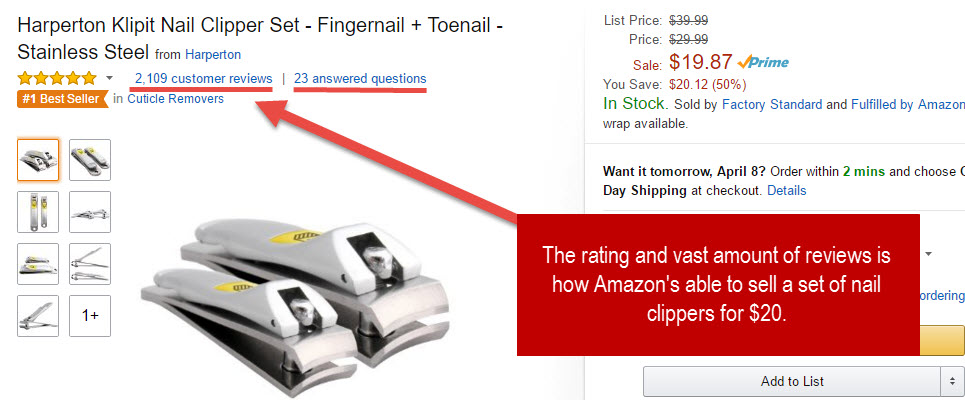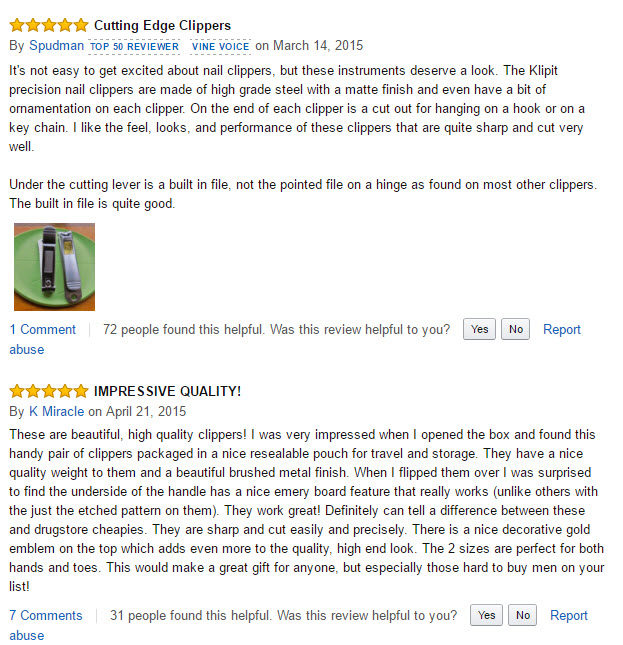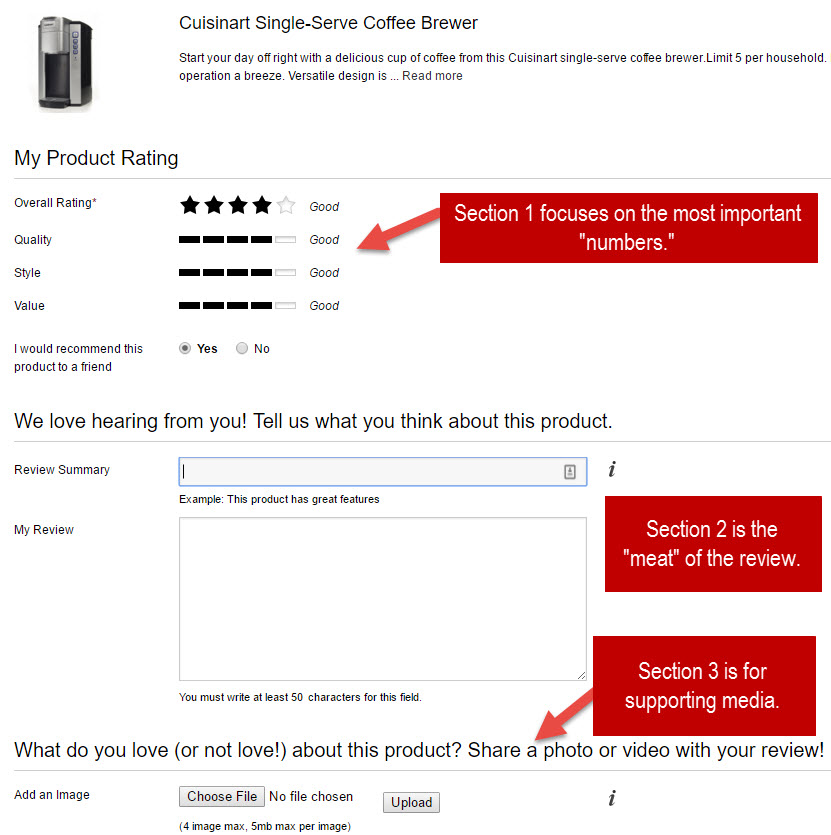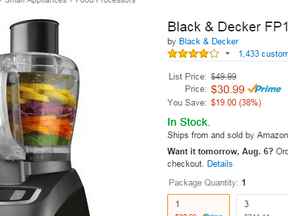A while back I addressed customer reviews and how they can help sell products. Amazon relies on customer reviews to sell everything from nail clippers to high-end appliances. Without ratings and reviews, it is very difficult for any product to rank well in the Amazon marketplace.
Getting over the initial hurdle from having no reviews is not easy, but it’s a necessary feat for online stores of any size, no matter what the product line. This feedback is essential to the small business etailer’s branding and marketing efforts, and it will trump anything you can do on your own.

This simple product has garnered more than 2,100 reviews. It’s the best selling model of cuticle removers on Amazon.
Highly-rated products not only sell more in quantity, they often sell more in price. Let’s face it, if we can walk into any big box retailer and pick up a set of cheap clippers for under $4, what prompts us to spend $20 for a set of two? You got it — the reviews.

Detailed reviews — even if they don’t have the highest rating — sell products. Detailed reviews with high ratings can help justify higher price points. Source: Amazon.
How to Build an Arsenal of Customer Product Reviews
First, and foremost, the review process must be easy. For many merchants, you need only the reviewer’s name, city and state (to add legitimacy), the rating (number of stars) and the review. Use email address for internal purposes only. However, collecting additional info can help you gain a better understanding of your target audience, and what other shoppers may want. The key, though, is to collect only what you need. Just be sure to give them ample space for writing. No one likes to be cut off mid-sentence.
For example, Kohl’s asks several questions during the review process because that information is key in helping others make educated decisions. The form itself, though, is easy to understand and use.

Key terms like quality, style, and value are good reveal points about most of the products you’d find at Kohl’s.
Once you have developed a compelling review form, it’s time to collect what customers say. Here are a few ways to entice customers and shoppers to give the world their two-cents about the products you sell.
- Use the power of email. Send a follow up message (usually 10 to 14 days after the customer is expected to have received the product) asking for an online review. This is the most common method, and typically yields the greatest return.
- Prompt customers when they revisit the site. Use customer login actions or cookie actions to request reviews based on previous purchases. A popover or reminder on the account or order history page works best. If you let customers view detailed order histories, include a rate-review link next to each line item.
- Incentivize. If you run a loyalty or rewards program, consider offering points for reviews. If not, a coupon off a future purchase or entries into contests can also work well. Be sure to clarify that you seek honest reviews so others won’t think product reviews are purchased.
- Invite them via social networks. If you receive good feedback about a product via Twitter, Facebook, Instagram, or other network, invite users to share their thoughts with others.
- Ask them to show off their goods with pictures or video. Those who are keen on social networks like Instagram or Pinterest are more apt to share what they think if they can convey it in more than just text. Allowing for image and video uploads increases the potential of garnering reviews.
- Spotlight great customers. Customer reviews can be a good resource for creating website content. Detailed reviews, especially if accompanied by media, can be tweaked to work as blog posts and other content. Most customers who take the time to review products they value will be thrilled to be featured elsewhere on the site. And the potential of being featured can serve as incentive for others to provide more detailed feedback.
Managing Reviews
Some will argue that reviews should never be edited, or that poor reviews shouldn’t run. That’s hogwash. Handling reviews properly can help build trust and loyalty, as well as more incoming traffic.
- Always moderate customer reviews. An approval process is necessary to weed out potential spam and review stuffers. Try to approve or reject submissions regularly so customers don’t think their feedback didn’t reach you.
- If they’re appropriate, let the bad ones in. No product is perfect. While low-star reviews may bring down a product’s average rating, publishing all levels of reviews shows you’re honest.
- Respond to show you care. Reviews that need attention, such as ones that point out confusing product descriptions or shipping mistakes, should be addressed quickly. Even if you converse with the customer offline, be sure to comment that you’re working on the issue. Most people don’t mind mistakes, but they do mind being ignored.
- Fix simple errors. Never rewrite reviews. Fixing typos and glaring grammatical or punctuation errors, though, is acceptable. Well-written reviews sell products better than poorly presented ones. Just be sure to disclose that you may adjust a review for these reasons only.
I’ve studied thousands of online stores over the years. I haven’t run across one yet that could not benefit from product reviews. Checking out the most obscure items at Amazon will show you just that.




